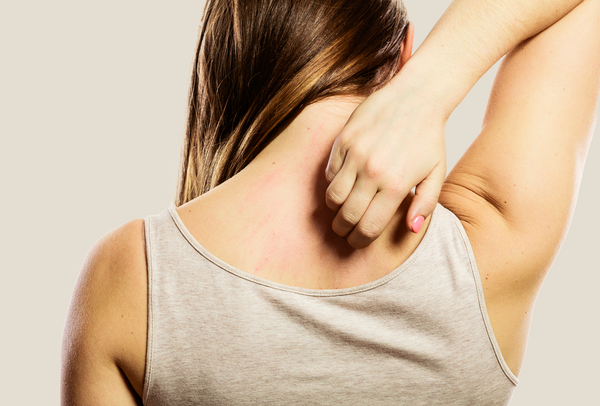For such a small area of the body, the scalp has a lot going on. First and foremost, this hard-working skin is home to hair follicles whose primary job is to produce strong, healthy, gorgeous hair. The follicles also provide a path for the oil produced by sebaceous glands to reach the skin’s surface, in turn keeping the scalp itself (as well as your strands) hydrated.
As with every other square inch of skin, the scalp can experience issues from time to time. In addition to factors like harsh hair-care ingredients or even seasonal weather changes that can affect the scalp, there are ongoing concerns that can be due to its natural function (or rather dysfunction) as well. The key to optimal scalp health is understanding what exactly is going on—and taking the proper steps to get things back on track.
Remember, as with any skin concern from head to toe, it’s always good to seek the help of a dermatologist who can ensure you’re doing the right thing in the name of scalp health. Although we are certainly not providing any medical advice here, SEEN’s founder, Harvard-trained dermatologist Dr. Iris Rubin, sheds light on three of the most common scalp conditions and concerns to help you identify your particular issue and do something about it.
Dandruff
In terms of scalp concerns, dandruff is often at the top of the list. This persistent flaking that leaves a white dusting both within your hair and on your shoulders may be accompanied by itching—but not always. Dandruff is limited to the scalp, and is generally more of a nuisance than anything. Dermatologists and researchers believe that a combination of environmental factors, oil production, and naturally-occurring yeast contribute to the formation of dandruff. In most cases, an over-the-counter medicated shampoo can help improve flaking and itching.
Seborrheic dermatitis
Simply put, dandruff and seborrheic dermatitis represent the mild and more severe ends of the same skin-condition spectrum. Both are believed to be at least partially caused by an overgrowth of a particular type of yeast, but seborrheic dermatitis can extend beyond the scalp and appear around the ears, on the sides of the nose, within the eyebrows, and on other “oily” areas of skin. Seborrheic dermatitis can also cause significant skin flaking, itching, and inflammation—which can include redness. This condition may be related to a compromised skin barrier, and can also produce larger, oilier scales as compared to the small flakes associated with dandruff. For some, prescription-based shampoos and topical treatments may be necessary to get seborrheic dermatitis under control.
Dry scalp
Oftentimes, flaking and itching can simply be caused by a dry scalp. Contributors to dry scalp are harsh ingredients like sulfates in your shampoo, as well as cold air and a lack of humidity. (Hello, “winter itch!”) The good news is, improving signs of dry scalp can be as easy as switching to gentle, non-irritating hair-care products—such as those that have been developed by SEEN. In a clinical study of 30 subjects with mild-to-moderate dry, flaky scalp, 93% saw improvement in their overall scalp condition (based on dermatologist grading) after using non-medicated SEEN shampoo and conditioner for four weeks.
All of SEEN’s products are also available fragrance-free, since fragrance can be a trigger for scalp (and skin) irritation as well. The beauty of SEEN is that our clean, vegan, sulfate-free hair-care products deliver the luxurious lather you long for along with strand-smoothing, skin-soothing, and barrier-respecting benefits—all without contributing to clogged pores.
What are you waiting for? Let SEEN help make your scalp, skin, and hair happy!
Source: https://www.ncbi.nlm.nih.gov/pmc/articles/PMC4852869/




